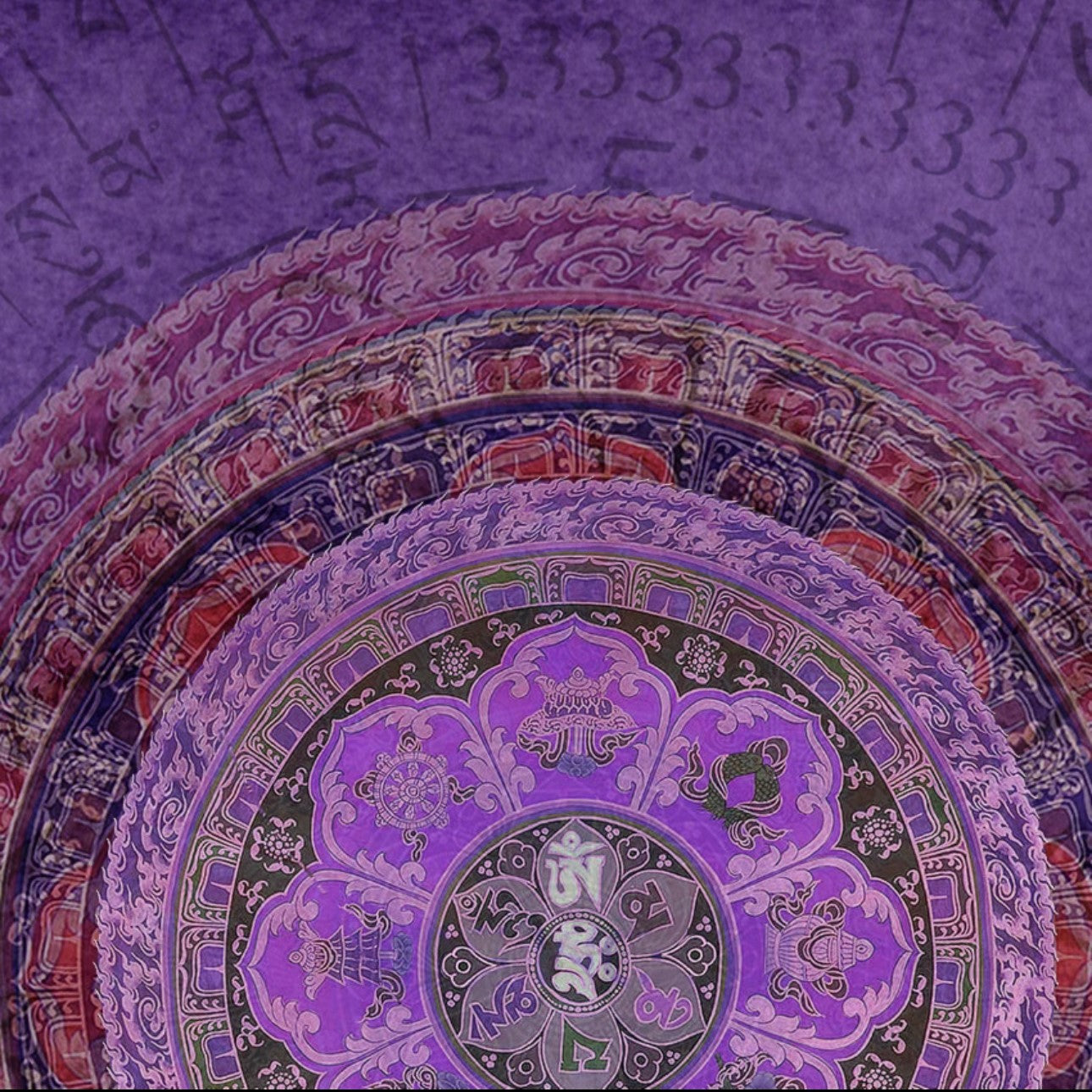
What is Five Elements(Wu Xing "五行")?
In Eastern philosophy, the concept of the Five Elements, known as "Wu Xing" (五行), is fundamental to understanding the natural world and human life. These elements—Wood, Fire, Earth, Metal, and Water—are believed to interact in cycles of generation and overcoming, influencing various aspects of existence.

The Five Elements and Their Characteristics
-
Wood (木, Mù): Symbolizes growth, vitality, and flexibility. It is associated with spring, the color green, and the liver in traditional Chinese medicine.
-
Fire (火, Huǒ): Represents warmth, passion, and transformation. Linked to summer, the color red, and the heart organ.
-
Earth (土, Tǔ): Denotes stability, nourishment, and balance. Corresponds to the late summer period, the color yellow, and the spleen.
-
Metal (金, Jīn): Reflects strength, clarity, and precision. Tied to autumn, the color white, and the lungs.
-
Water (水, Shuǐ): Embodies fluidity, adaptability, and wisdom. Associated with winter, the color black, and the kidneys.
Interrelationships Among the Five Elements

The Five Elements are interconnected through two primary cycles:
-
Generative Cycle (Shēng Sheng): Each element nurtures the next:
-
Wood feeds Fire.
-
Fire creates Earth (through ash).
-
Earth bears Metal.
-
Metal carries Water (as condensation).
-
Water nourishes Wood.
-
-
Controlling Cycle (Kè Kè): Each element restrains another:
-
Wood parts Earth.
-
Earth extinguishes Water.
-
Water quenches Fire.
-
Fire melts Metal.
-
Metal cuts Wood.
-
Application of the Five Elements
Understanding the Five Elements offers insights into personal characteristics and destinies based on the elemental influences, which each Elements has a Lucy Color to provide individual assesstant to balance during the day-to-day life.

The Five Elements provide a comprehensive framework for interpreting the dynamic interactions within the universe. By exploring these elements, one gains a deeper appreciation of the interconnectedness of all things and the subtle energies that influence our lives.

